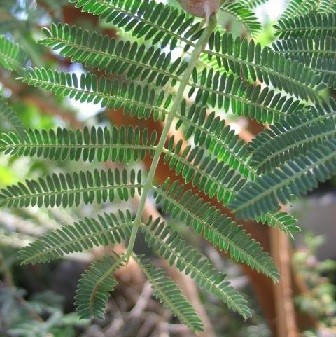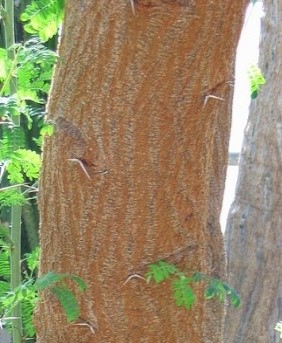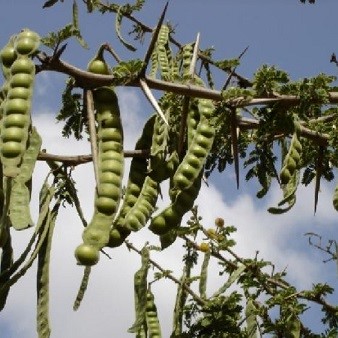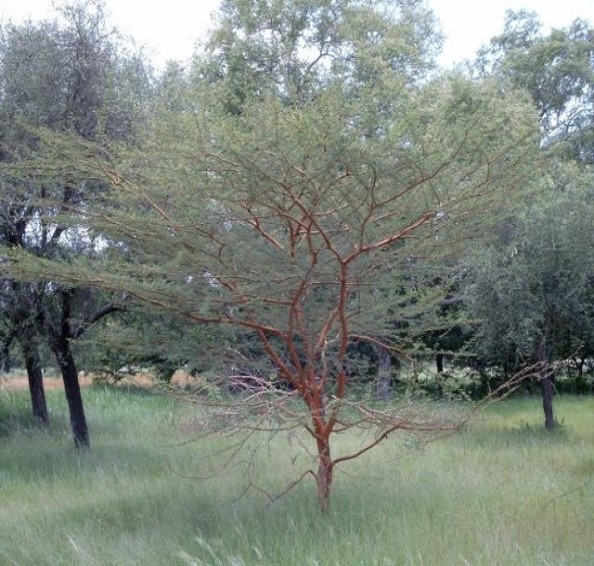Trees
Acacia seyal Del
Acacia seyal Del
Description :
A
shrub or small tree up to 12 tall. The crown is often flat and sometimes
branching near the base. It is a deciduous tree with compound leaves. It has
sharp thorns usually in pairs and straight. The bark is rough, cream to
greenish yellow, or dark grey, reddish brown, or black. It flakes off exposing
a powdery under surface. The flowers are
yellow, fragrant and appear between March and June. The curved pods are 7 to 22
cm long, and 0.5 to 0.9 cm wide. They mature between September and November. It
can be reproduced both from seed and by vegetative means. It is best reproduced
by seed and planted seedlings. Pretreatment of seed by nicking the seed coat,
by an overnight soak in water, or a soak in sulfuric acid will increase
germination. It is relatively slow growing, with a life span of 25 to 30 years.
Yields of 3 to 6 m3/ha/yr, depending on the site, have been recorded.
Wood is heavy dense, light cream to dark in color having close and rough
grains.
Distribution :
This
tree is native to Africa. It has been introduced to D.I. Khan and Bund Korai in
KP. It is also used as a roadside tree planted extensively throughout the
hottest areas of Pakistan. An intolerant, drought resistant tree that grows on
a variety of very harsh sites usually below 2100 m in elevation. Some varieties
of this tree tolerate waterlogging and can even stand inundation for part of
the year. It requires a precipitation zone of 300 to 800 mm/yr. It prefers an
arid to semi-arid, hot, climate with a temperature range of 5 to 45°C. It can
tolerate long period of drought. 8 to 10 months. It relatively is free from
insect and disease problems; however, felled logs may be severely damaged by
wood borers.
Uses :
This
tree is adapted to a variety of arid sites and soils. It is aggressive, easily
established, and can tolerate waterlogging and inundation. It is a good
nitrogen fixer and could be used for erosion control on very harsh sites. With
care it could be a useful farm forestry tree. It has the added advantage of
having some fire-resistant characteristics. Young plants need protection from
grazing. It can be used as fodder, fuel, gum, land stabilization, poles, and
agricultural implements.



